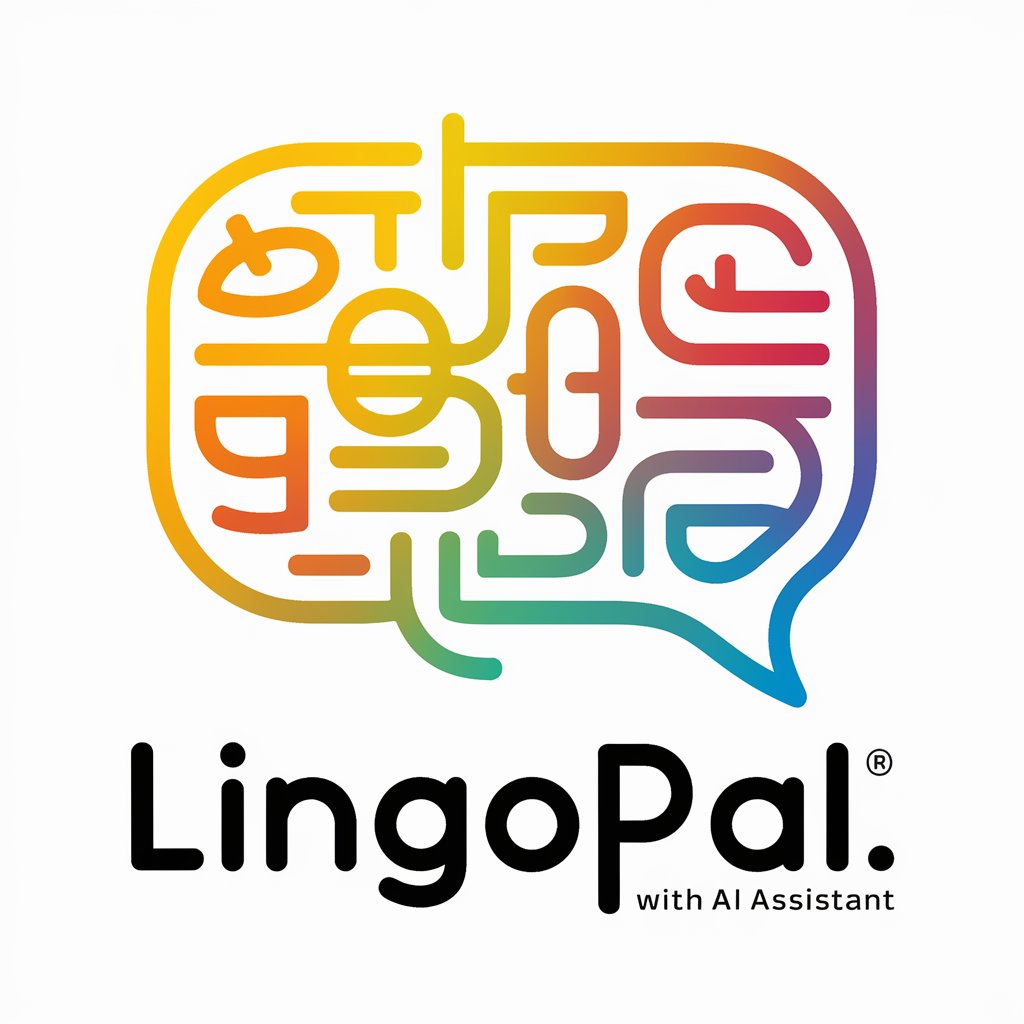10 GPTs for Interactive Conversations Powered by AI for Free of 2025
AI GPTs for Interactive Conversations are advanced digital tools powered by Generative Pre-trained Transformers, designed to facilitate and enhance interactive dialogues across various platforms. These AI models are trained on extensive datasets to understand and generate human-like text, making them adept at engaging in conversations that are coherent, contextually relevant, and informative. Their application in interactive conversations leverages this capability to offer tailored interactions, ranging from customer service to personal assistants and beyond, providing users with responses that are not only immediate but also highly relevant to the nuances of the conversation's context.
Top 9 GPTs for Interactive Conversations are: Chibi Kohaku (猫音コハク),Character,靜靜 Jing,英会話練習のフェレットさん,Speed Date,!تعلم البنغالية معي,LingoPal,ミルクボーイ 〜オカンとボクと、時々、オトン〜,Alzheimer's Therapy
Chibi Kohaku (猫音コハク)
Empower your communication with AI intelligence

Character
Bringing History to Life with AI

靜靜 Jing
Your AI-powered companion for comprehensive support and interaction.

英会話練習のフェレットさん
Elevate Your English with AI

Speed Date
Explore Personalities, Find Compatibility

!تعلم البنغالية معي
Master Bengali with AI-Powered Conversations

LingoPal
AI-Powered Language Learning Companion

ミルクボーイ 〜オカンとボクと、時々、オトン〜
Humor-infused AI for playful interactions

Alzheimer's Therapy
Reviving Memories with AI

Essential Attributes of AI GPTs in Dialogue
The core features of AI GPTs for Interactive Conversations include their adaptability to different conversational tones and contexts, ability to understand and generate multiple languages, and proficiency in handling a wide range of topics. These tools can transition smoothly from simple question-and-answer formats to managing complex discussions, providing technical support, performing web searches, creating images, or analyzing data. Special features like context retention, personalized responses, and integration capabilities with various platforms and technologies further distinguish them, allowing for a seamless and enriched interactive experience.
Who Benefits from Interactive AI Conversations?
AI GPTs tools for Interactive Conversations are designed to cater to a wide audience, including novices seeking to leverage AI for personal use, developers looking to incorporate sophisticated conversational AI in their applications, and professionals across various fields in need of AI-driven interaction solutions. These tools are accessible to users without programming skills, thanks to user-friendly interfaces, while also offering extensive customization options for those with technical expertise, thereby serving a broad spectrum of needs and preferences.
Try Our other AI GPTs tools for Free
Civil Law Education
Explore AI GPTs tailored for Civil Law Education—advanced tools designed to support and transform legal learning and practice with innovative AI technology.
Astrology Learning
Explore the cosmos with AI GPTs for Astrology Learning, your digital guide for personalized astrological insights and interpretations. Perfect for enthusiasts and professionals alike.
Interactive Copywriting
Discover how AI GPTs for Interactive Copywriting revolutionize content creation with adaptable, efficient, and creative solutions tailored for dynamic digital landscapes.
No.
Discover how AI GPTs for 'No.' revolutionize tasks and topics within the field, offering adaptable, user-friendly solutions for novices and professionals alike.
Error Detection
Discover how AI GPTs for Error Detection leverage advanced AI to automate and refine error identification and correction, enhancing accuracy across various applications.
Development Integration
Unlock the potential of software development with AI GPTs for Development Integration, offering intelligent automation, code generation, and seamless system integration to enhance your projects.
Beyond Conversation: The Versatility of AI GPTs
Beyond their primary role in enhancing interactive conversations, AI GPTs offer customizable solutions across various sectors, including but not limited to customer service, education, and entertainment. Their user-friendly interfaces facilitate ease of use, while their integration capabilities allow for seamless incorporation into existing systems, workflows, and technologies, broadening the scope of their application and impact.
Frequently Asked Questions
What exactly are AI GPTs for Interactive Conversations?
AI GPTs for Interactive Conversations are AI-driven tools that utilize Generative Pre-trained Transformer technology to engage in human-like dialogues, capable of understanding context and generating relevant responses.
Who can use these AI conversational tools?
These tools are versatile, catering to everyone from beginners and personal users to developers and professionals in various industries seeking to enhance interactive communication through AI.
Do I need coding skills to use these tools?
No, many AI GPTs for Interactive Conversations are designed with user-friendly interfaces that require no coding skills, making them accessible to a wide audience.
Can these tools understand and speak multiple languages?
Yes, one of the core features is their multilingual capability, allowing them to understand and generate responses in various languages.
How do these AI tools adapt to different conversational contexts?
These AI models are trained on diverse datasets, enabling them to recognize and adapt to different tones, topics, and contexts within a conversation.
Can I customize the AI to suit my specific needs?
Yes, developers and users with technical skills can customize these tools to better suit specific conversational needs or integrate them into existing platforms and workflows.
What makes AI GPTs different from other conversational AI tools?
AI GPTs stand out for their deep learning capabilities, enabling more coherent, context-aware interactions that closely mimic human conversation, unlike simpler chatbots.
Are these tools capable of continuous learning from interactions?
While AI GPTs are pre-trained on vast datasets, continuous learning capabilities depend on the specific implementation and whether the tool is designed to update its models based on new interactions.